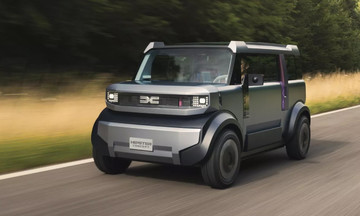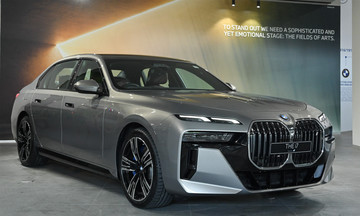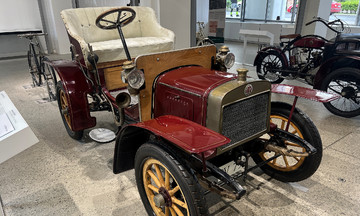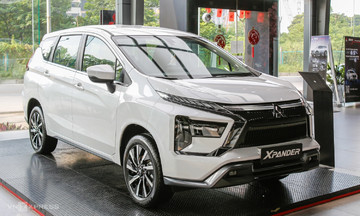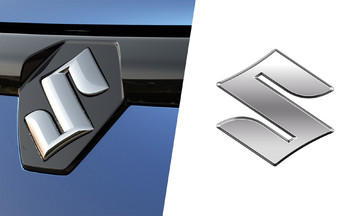This milestone marks 20 years and 8 months since the Suzuki Swift first debuted in Japan in 11/2004. India, with 6 million units sold, is the hatchback's largest market, followed by Europe and Japan.
While the first 5 million Swifts were sold in 11 years and 5 months, the next 5 million took 9 years and 3 months to achieve.
India is the largest market where the car is distributed as the Maruti Swift by Maruti Suzuki India, the country's leading automaker. According to the company, of the 10 million units sold worldwide, 60% came from India, 14% from Europe, 8% from Japan, and 18% from other countries.
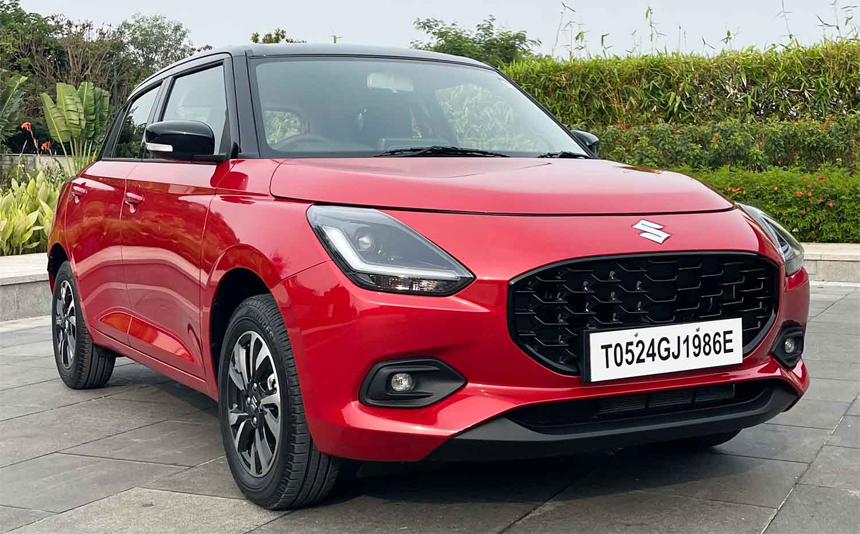 |
The current generation Suzuki Swift in India. Photo: Gaadiwaadi |
In fiscal year 2025, Maruti Swift sales reached 179,641 units, an 8% decrease. Now, with goods and services tax on small cars reduced from 28% to 18%, the Swift, along with other small cars, is expected to see a resurgence in demand in fiscal year 2026 in the Indian market, according to Autocar.
The Swift has won "Car of the Year" awards in Japan and several other countries. The hatchback is manufactured in various countries, including Japan, India, Hungary, China, Pakistan, and Ghana, and is sold in over 170 countries and regions, including Japan, India, and Europe.
Launched in 2004 as a compact car designed to meet global standards, the Swift has evolved into one of Suzuki's flagship models. Over time, its combination of affordability, efficiency, and styling has propelled the Swift to dominance in its segment. Strategic additions like diesel engine options and sedan versions expanded its reach, allowing the Swift to capture a broader customer base.
The Swift has now gone through 4 generations, retaining its core characteristics of compact size, sporty design, and everyday usability while incorporating new technology, improved safety features, and modern styling.
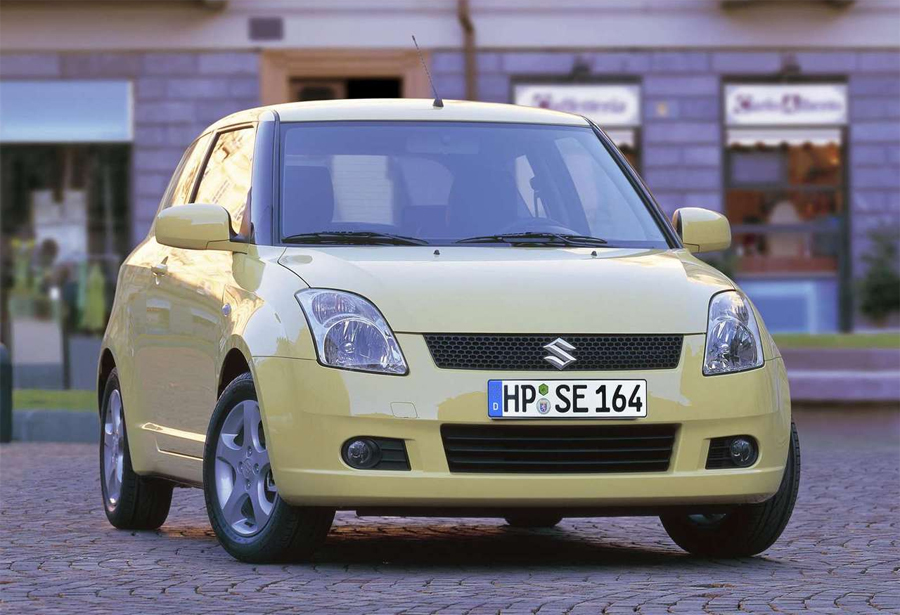 |
2005 Suzuki Swift in Germany. Europe is the second largest market for the hatchback. Photo: Suzuki |
The concentration of 60% of Swift sales in India highlights the importance of tailoring product strategy to local needs, according to Cartoq. Compact cars remain a strong segment in India, and the Swift strikes an ideal balance between affordability, fuel efficiency, and desired value. Local production also ensures availability and pricing aligned with market realities.
In Vietnam, Suzuki first sold the Swift in 2013 as a completely built-up (CBU) import. In 2014, the hatchback segment experienced triple-digit growth, with nearly 1,700 vehicles sold in the first 8 months of 2013. This included models like the Toyota Yaris, Ford Fiesta, Kia Rio, and Mazda2. This growth prompted the Japanese automaker to assemble the Swift locally to gain a competitive edge in pricing.
In 2014, the locally assembled Swift launched in Vietnam with a price of 550 million VND. At the end of 2018, Suzuki Vietnam introduced a new generation Swift with two versions, GL and GLX, priced at 499 million VND and 549 million VND respectively, significantly lower than the previous generation.
At the end of last June, the Japanese-imported Swift was introduced to Vietnamese customers, priced between 569 and 577 million VND.
The Swift stands out as the most distinctive model among Suzuki's offerings in Vietnam, thanks to its unique design. However, in the current market, where the price range of nearly 600 million VND favors SUVs, a hatchback faces challenges. Even the previously dominant Toyota Yaris has exited the market.
My Anh




